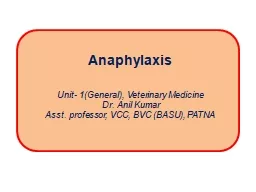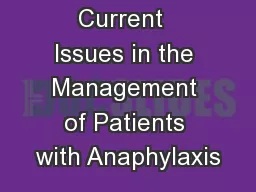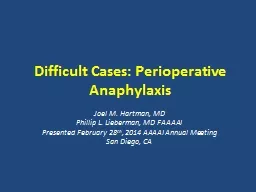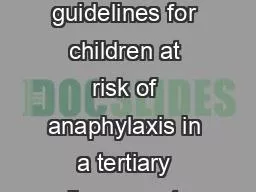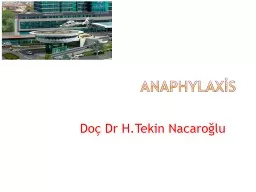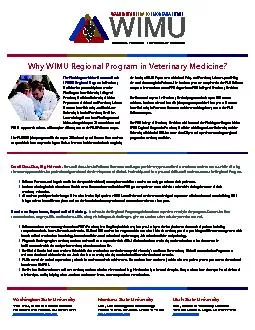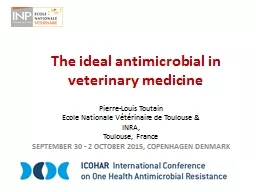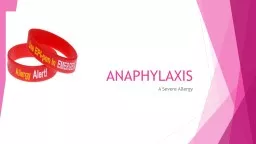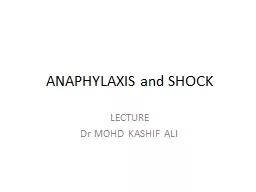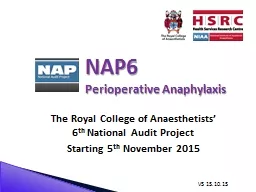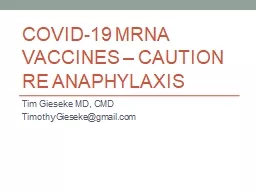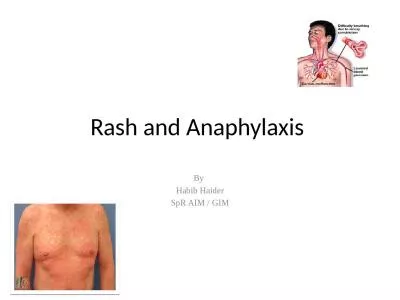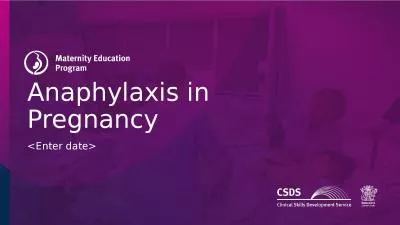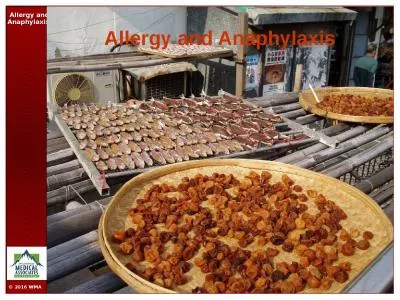PPT-Anaphylaxis Unit- 1(General), Veterinary Medicine
Author : linda | Published Date : 2022-06-07
Dr Anil Kumar Asst professor VCC BVC BASU PATNA Introduction When an animal is exposed to an antigen it produces a state of increased reactivity of the animals
Presentation Embed Code
Download Presentation
Download Presentation The PPT/PDF document "Anaphylaxis Unit- 1(General), Veterinary..." is the property of its rightful owner. Permission is granted to download and print the materials on this website for personal, non-commercial use only, and to display it on your personal computer provided you do not modify the materials and that you retain all copyright notices contained in the materials. By downloading content from our website, you accept the terms of this agreement.
Anaphylaxis Unit- 1(General), Veterinary Medicine: Transcript
Download Rules Of Document
"Anaphylaxis Unit- 1(General), Veterinary Medicine"The content belongs to its owner. You may download and print it for personal use, without modification, and keep all copyright notices. By downloading, you agree to these terms.
Related Documents

